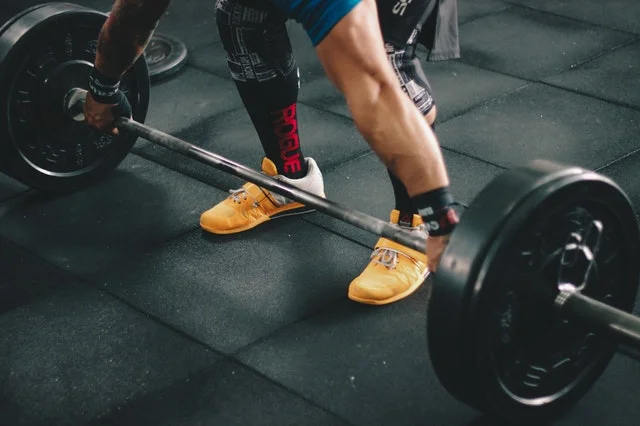Is Weight Training Safe?
How common are injuries sustained in the gym?
One of the most common misconceptions about weight training is that it can cause more harm than good, particularly in juveniles and adolescents. The fact of the matter is that due to predictable and repeatable movements, injury rates while lifting weights are greatly reduced when compared with sports that have an increased random component to them (Rugby, AFL and Basketball to name a few).
How does it compare to other sports?
The statistics have been split into 2 categories; sports with high school aged (adolescent) participants and sports with adult participants. The injury rate shown for both categories is denoted as injuries sustained per/100 hours of participation in the associated sport.
Adolescents:
Rugby 0.8000
Soccer 0.1400
Athletics 0.0300
Weight Training 0.0120 (Body building & general weight lifting)
Weightlifting 0.0013 (Olympic lifting – Clean & Jerk, Snatch)
Adult Participants:
Rugby (UK) 1.9200
Basketball (UK) 1.0300
Athletics 0.5700
Weight Training 0.0035 (Body building & general weight lifting)
Powerlifting 0.0027 (Squat, Bench Press & Deadlift)
Weightlifting 0.0017 (Olympic lifting – Clean & Jerk, Snatch)
In addition to this, the sample size of the weightlifting and weight training participants amounted to 168,000 and 85,000 hours respectively (which is a great sample size). As you can see, weight training, whether generic, Powerlifting or Olympic lifting is not inherently dangerous and significantly safer than many other popular sports. In saying that, injuries do happen so the next part of this article breaks down the most common weight training injuries.
Commonly injured areas:
Lower back, knees and shoulders are the three most common sites, accounting for 64.8% of all weight training injuries. Hand, neck, mid-back, quadriceps, groin, elbow and hips round out the top-10 list.
Types of Injury:
Strains and tendinitis (tendon inflammation) cover 68.9% of all injuries. Sprains and muscle spasms make up 19.1% and much further down the list, bone fractures account for a mere 1.1%.
Acute vs Chronic Injuries:
An acute injury is something that happens immediately to the lifter as opposed to a chronic injury, which develops and persists over a prolonged period of time. A common example of an acute injury experienced in powerlifting could be a ruptured bicep tendon during a deadlift. On the other hand, patellar tendonitis (patellar tendinopathy) is generally an overuse injury resulting in pain and stiffness of the anterior knee over an extended duration. Acute injuries are twice as likely to happen while lifting weights when compared with chronic injuries. Just for clarification, both acute and chronic injuries have the potential to be severe, however acute injuries by nature are typically stark.
References:
Calhoon, G., & Fry, A. C. (1999). Injury rates and profiles of elite competitive weightlifters. Journal of athletic training, 34(3), 232.
Hamill, B. P. (1994). Relative Safety of Weightlifting and Weight Training. The Journal of Strength & Conditioning Research, 8(1), 53-57.
Written by Nevin Mills - The Strength Institute of Western Australia



